[Home | Experimental Aircraft | Virtual Aircraft | Gyro Computation |
| Composite Propeller | Safety | Hobbies| Site Map
Revolution |  |
Presented here is some of the work I have done in 3D. I am using formZ RenderZone software at home in my Macintosh and ProEngineer software at the office in a NT4 workstation.
I have created 5 aircraft models over a period of 8 years. The very first one was the Swedish motorglider Windex 1200C (designed by Olof Ridder and Harald Unden) my learning project. The other 6 aircraft modeling projects have been more ambitious including engines and instruments and details down to the bolt and nut level. A typical model file size is 6.4 Mb (500000 polygons). A 2400x1600 size rendering typically takes about 20 minutes in my Mac clone PowerTowerPro with 466 MHz G3 processor (XLR8 upgrade card).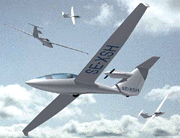 | 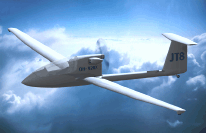 | 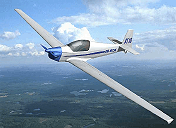 |
Motorglider | Motorglider Concept JT-8 | Nostalgia Motorglider JT-10 |
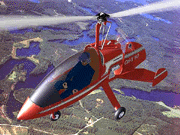 | 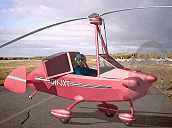 | 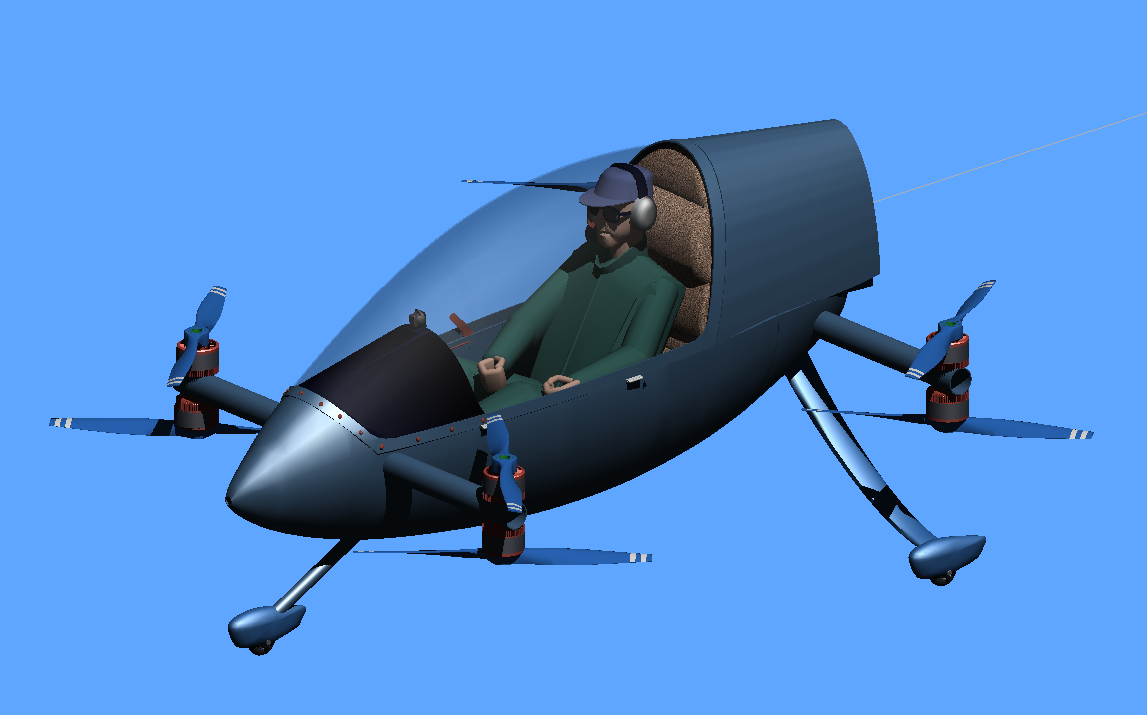 |
| Model of JT-5 Autogyro | Autogyro Concept JT-9 | JT-15 Multicopter |
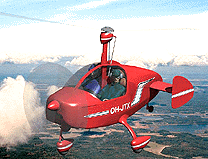 | 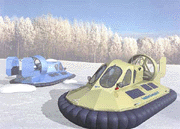 | 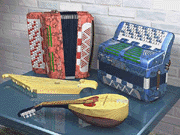 |
| Autogyro variations |
A Hovercraft designed and built by Hannu Taupila. | Folk Music Instruments |

Some twenty years ago the big old drafting boards started to disappear from our product development offices when computers and CRTs replaced them. The era of cheap 2D-CAD arrived when a PC with Intel 80286 processor and Apple Macintosh II with a Motorola 68020 processor was born. At Labsystems, AutoCAD was the choice of the PC people and ClarisCAD was used by the Macintosh group.
The era of 2D-CAD lasted some 10 years before a new revolution took place, the 3D-CAD. While the 3D-CAD had been already around in the seventies in big air space companies (using main frame computers), the economically priced 3D-CADs only became possible when PC processor power reached a new level, the Pentium and PowerPC. At the same time a new method for making prototypes emerged, stereolithography. Suddenly we had a 3D printer (link 2) to output our creations in only a few days, even very complex ones, as real plastic pieces, a tremendous advantage over the laborious machining method.
Pictured below is a collection of some current Labsystems products to whose development I have contributed by doing the engineering job of mechanical systems and, for some of the products, by designing the outside shape as well, the "Industrial Design." All of the three design generations are shown: a product designed using a drafting board, some made with 2D-CAD, and in the foreground the small PEN pipett was designed using a 3D-modeling program.
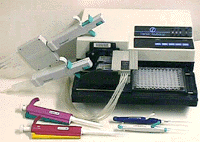 | 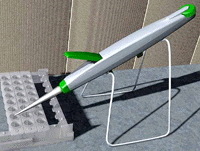 | 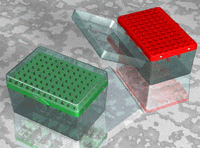 |
Pictured above are two Labsystems products I have modeled using ProEngineer software. The models were transferred to my Macintosh in STL format and then rendered using formZ RenderZone software.
auto*des*sys, Inc.(FormZ)
Ashlar-Vellum
Carrara & Amapi
Computer Graphics World
POV-Ray - the Persistence of Vision Raytracer
MicroStation
Rhinoceros - NURBS modeling
Vertex Systems Oy
DESKARTES WWW
FreeCAD
CAD Directory
Scott Mathews, El Paso, Texas.